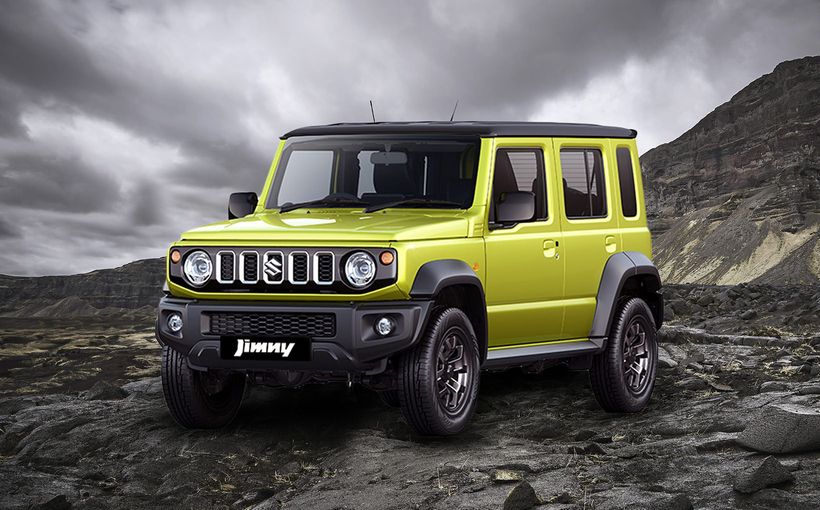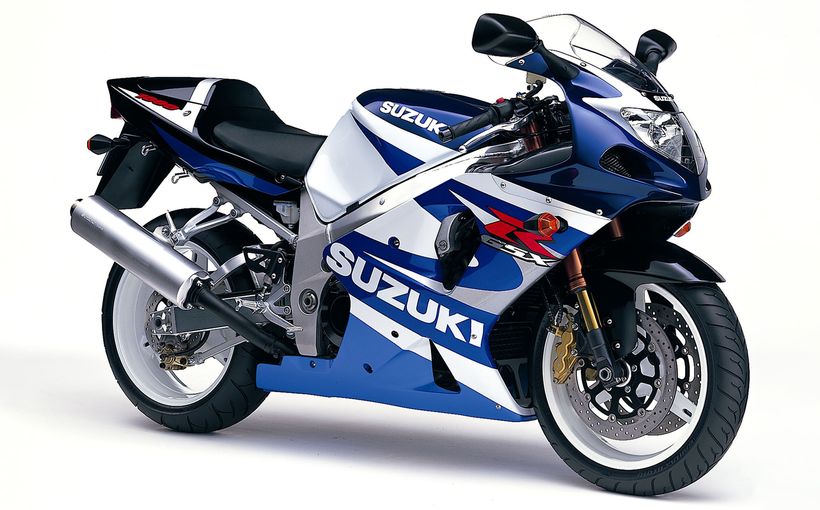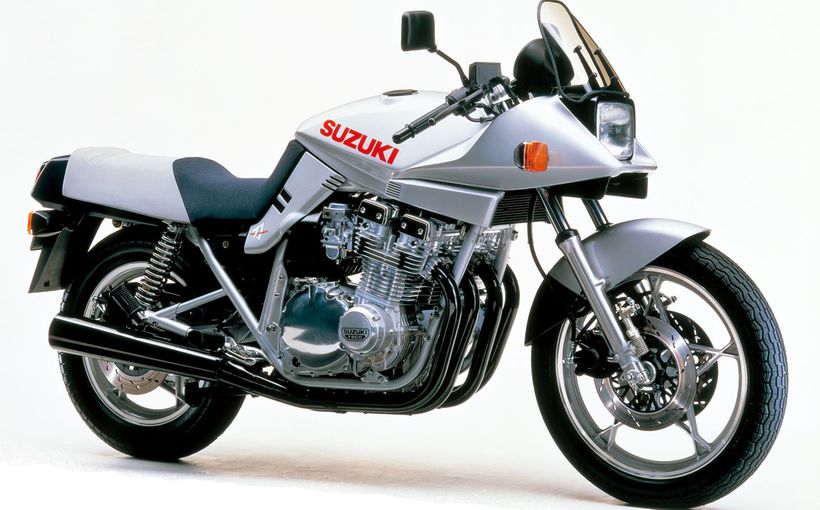Suzuki Swift GTi: the Mini-Cooper S of the 1980s

It is probably fair to say that the Suzuki Swift GTi was to the 1980s what the Subaru Impreza WRX would be to the 1990s: no-one expected it, no other car could match its performance for money equation and this remarkable machine quickly established a cult following. In many respects the Swift GTi was a latterday Morris Mini-Cooper S.
The first edition Swift GTi was the first car I ever bought with the major purpose of putting it to the racetrack. At the time I was campaigning my old Alfetta 1.8 sedan in the NSW Street Sedan series. But I had recently bought a brand new Nissan Pulsar ET with more than half a plan to enter it in Group E. It was a great little hot hatch and its turbocharged engine took kindly to a new big bore exhaust system.

And then came news of the Suzy. Even before I actually drove one, I could see that this extraordinary little car would more than have the measure of the ET. Let’s start with the power to weight ratio. The Nissan’s turbocharged engine made 77kW and the car weighed 936kg. The Swift’s naturally aspirated but brilliant twin overhead camshaft 16-valver made just 2.7 fewer kiloWatts…and weighed 750kg. Even this century a power to weight ratio of 10kg per kW is better than respectable. (The 2012 Skoda Fabia I owned made 132kW from its supercharged and turbocharged 1.4-litre four and weighed in at 1275kG.)
The GTi engine was a 1.3-litre unit and an absolute delight. Of course, the Mini-Cooper S 1275 was another car that belied its small capacity with brilliant torque and tractability.

There is another point to be made about power to weight ratios. Would you rather have a 100kW car that weighed 1000kg or a 75kW one that weighed 750? Colin Chapman famously said: ‘simplify, then add lightness.’ If you look back at Le Mans results from the 1950s and 1960s you see some quite improbable cars faring well in their classes; the common factor often being a very low kerb weight.
I can’t remember now whether more than one or two Pulsar ETs saw action in Group E although there was a memorable one-make racing series, the highlight of which was the Bathurst round as curtain-raiser to the 1985 1000-km enduro. But suddenly there were Suzuki GTi’s seemingly everywhere. My own idea of entering the newly acquired white car in the Winton 300 hardly represented a stroke of genius. I’ve forgotten how many there were but there were several and it was interesting that the former Cooper S ace, Henry Draper, had bought himself a red one in which he set cracking times…
The Wheels road test, written by Mike McCarthy and appearing in the November 1986 edition was headed ‘Mighty Midget!’. Mike’s opening paragraphs are usually right to the point and they certainly were in this case:
There are two things about the Swift GTI that take your breath away: one its performance, the other its price. Both are enough to leave you gasping.
What the Swift GTi has going for it is the fact that it’s the hottest little hatch ever to pin you back in the seat when you floor the power pedal. It sets whole new standards because never before has so much power been wrung so sportily and so well from such a small package. Not from mass-produced models anyway. When just 1.3 litres of motivated midget can leap from standstill to 100 km/h in under 10 seconds and leave the 400 metres behind in only 16.6 seconds, you know that high performance is its middle name.

Nevertheless, said McCarthy, it was expensive:
The flip side is that the Swift GTi costs. We are not yet conditioned to thinking of $18,000 for a small car. And that’s at best. Depending on how the dollar and importer/factory negotiations go, the Suzuki’s release price without options and on-road addenda could get close to $20,000. The GTi’s price, which helps explain the only-200-a-year sales expectation, doesn’t reflect a get-rich figment of the importer’s imagination. The sums come from a realistic 92 yen to the dollar exchange.
The prospective customer also had trouble with this pricing. The launch price was finally set at $19,990, a remarkable and discouraging four grand dearer than the Corolla Twin Cam with a similarly brilliant twin cam multi-valve engine but a less favourable power to weight ratio. By October 21, the price had somehow found its way down to $15,990 and more buyers began to sign contracts.
This may seem harsh, but essentially the Suzuki Swift GTi was the perfect example of a superb engine spoiled by the car. I have noted previously Enzo Ferrari’s famous observation that when you bought one of his cars you paid for the engine and the rest came free. That was almost the case with the Suzuki Swift GTi.

There were remarkably few changes to the standard three-door Swift, which was also sold by Holden as a five-door Barina. All 1986 Swifts/Barinas got rear coil springs to replace the semi-elliptics of the 1984 car. And the GTi did receive stiffer springs and its own dampers.
The front disc brakes scored ventilated rotors and there was a larger master cylinder and booster. But the remainder of the car – trim and equipment aside – was still pretty well your bargain basement arrangement.

Not that any of this worried me when I proudly took delivery of OPM 493. I kept thinking of it as the 1980s equivalent of the wonderful Mini-Cooper S.
Whatever issues I finished up having with my own Swift GTi had nothing to do with the lack of an all-wheel disc braking system. I don’t recall any issue with slowing the car down at Winton. The rear drum brakes were no handicap. The biggest worry I had was that this was the only modern car in my experience that – in race trim with semi-slick tyres and serious-duty dampers – would climb up on two wheels all by itself without needing to nudge a kerb. The combination of narrow but grippy tyres, skinny rims, a high centre of gravity made worse on the driver’s side was the magic formula here!

The handling was reasonable on smooth roads and the absence of power steering was never an issue because of the car’s lightness. Torque steer was pronounced when exiting tight corners on more than a tickle of throttle. There was little in the way of ride comfort but, frankly, no-one expected there to be.
While the interior may not have been up to $20K expectations, by the time the price was down to $16K few owners would have felt deprived. Air-conditioning was optional but back in 1987 plenty of Falcons and Commodores were still being sold without this now taken-for-granted feature. Central locking and electric mirrors were included but you had to wind the windows. The upholstery was of a quite appealing cloth and the front seats themselves were comfortable with lots of rearward movement, at the expense of anyone who happened to be located behind the driver. There were plastic wheel caps on the 13-inch rims. Tyres were 165/65s.

As a race car, it was somewhat limited by having a tiny 33-litre fuel tank but on the road this was generally good for at least 450km.
The Suzy’s superb performance was partly due to very low overall gearing. At 100km/h the 1.3-litre engine was closing on 4000rpm.
A completely restyled body for the Swift/Barina arrived in 1989. Unfortunately for GTi fans, improvements were mainly limited to rear disc brakes and five extra Nm of torque while weight was up by 40kg. Performance was slightly less effervescent.

Comparing the 1989 model with the much pricier Peugeot 205 GTi and Honda CRX as an exercise to find out whether the (by then) $16,990 1.3-litre hot hatch could match cars in the $30K bracket, Wheels magazine’s Michael Stahl concluded it couldn’t.
He did like the new interior though:
The Swift uses its interior space remarkably well. Very classy, European styling for the dash, switchgear and trimming mask the econocar heritage the GTi shares with the five-door Barina.
But he hated the dynamics. Driving it at Oran Park, it proved ‘very reluctant to turn-in to corners and your forearms are reluctant to continue convincing it’.

In essence, the new car did not amount to a genuine improvement as far as the enthusiast or would-be racer was concerned:
With the ambience being so right and the Swift’s predecessor suffering not half of this car’s chassis woes and high-speed cornering lethargy, the new Swift GTi made our disappointment all the more profound.
So the 1989 GTi was a backward step. It is odd how frequently this seems to be the case. The Mini Clubman GT was never the equal of the Cooper S and then came the round-headlight Impreza WRX, a heavier, slower successor to the classic original. I think, too, that the almost van-like appearance of the 1986 is actually more appealing than the rounder shape that followed. No question, that 1986 Suzuki Swift GTI was a true original and one of the most memorable cars of the 1980s.











